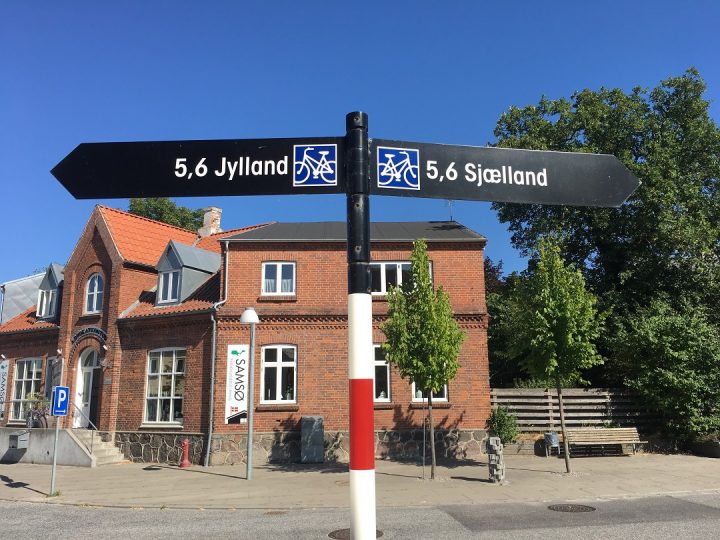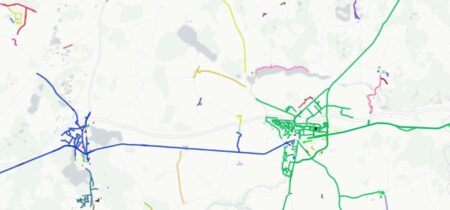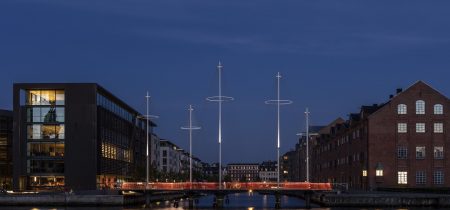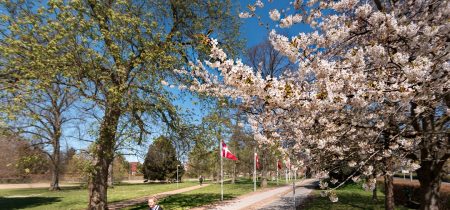Everyday cycling and leisure cycling
There are different categories of cyclist depending on the purpose of the trip. Commuters have different needs and wants than cyclists on a one-day day excursion or a cycling holiday with nightly accommodation. This should be taken into account when planning cycle routes. Is there a demand for short, direct cycle routes, or would it be better to have longer routes with attractive experiences?
By Troels Andersen, Odense Municipality
Electric bicycles
An e-bike motor has a maximum assisted speed of up to 25 km/h.
The e-bike share is small but rising. In Holland one out of five bicycles sold is an e-bike. Many owners are senior citizens, but most are in the 36-59 year old age group. 80% of trips are carried out by women.
An electric bicycle can go faster than a traditional bicycle. Since e-cyclists are typically older, their average speed is the same as other cyclists. The risk of fatality is four times higher on an e-bike. There is a risk of skidding if the motor is on the front wheel.
The price of an e-bike and fear of theft are the greatest barriers to buying an e-bike.
Speed pedelecs
Speed pedelecs are fast electric bicycles, which were legalized in Denmark for a trial period as of 7 July 2018.
To ride a speed pedelec you need to be 15 years old, wear a bike helmet and have liability insurance. The daytime running lights must always be on. The driver must not exceed 20 km/h without pedaling and can pedal up to 45 km/h. S-pedelecs must drive on the cycle track in Denmark.
The trial period will be assessed as of 2019 on the basis of the following parameters:
- Use and distribution
- Accidents via police
- Accidents via Accidents and Emergency
The functional requirement for a successful cycling infrastructure is that getting from point A to point B should be fast and easy, and the trip should be a pleasant, secure experience. This is particularly important for everyday cyclists (and especially for home-workplace traffic) but other types of cyclist also appreciate not having to take a more circuitous route.

- Everyday cyclists cycle to places of education, nursery schools, work, shopping, collective transport modes, and many other daily destinations.
A study of Danish cyclists’ actual behaviour shows that cyclists perceive the route as 125% longer when it is not in the direction of travel compared with a route that is in the direction of travel. A cycle track with a kerb is perceived as 33% shorter than a route with no cycling facilities.
Everyday cycling
Everyday cyclists’ destinations are schools, institutions, workplaces, shops, parks, leisure facilities, train stations, and major bus terminals. Many trips are relatively short, but commuters in particular are willing to cycle further (5-20 km between home and workplace.) An average trip on the cycle superhighways in the capital region of Denmark is 11 km.
The increasing focus on exercise and health may mean that more people will be willing to commute for even longer distances in the future, and some will be assisted by an e-bike. There are still comparatively few long trips, but they already count in the mileage.

- Cycling games develop children’s motor skills as they play, which is good for their ability to cycle and their general coordination.
Cycling games
Cycling games for children have been specially developed so they can have fun and train to become the cyclists of the future at the same time. Children need to be able to cycle in a secure environment near home, and a traffic calmed road is a good solution.
Holiday and excursion cycling
Good cohesion between the cities’ cycling infrastructure and the excursion destination are important for excursion cyclists. Cycling excursions only last a day, often in a group. Excursion cyclists typically cycle 10-30 kilometers, and sometimes take their bikes on collective transport modes.
Holiday cyclists’ routes do not necessarily need to be direct, but on the other hand none of the stretches should go in the opposite direction of the destination either. The starting point of a holiday cyclist is a home, a train station, a bus terminal, a bicycle rental enterprise at the holiday destination, etc.
Holiday and excursion cycling
Good cohesion between the cities’ cycling infrastructure and the excursion destination are important for excursion cyclists. Cycling excursions only last a day, often in a group. Excursion cyclists typically cycle 10-30 kilometers, and sometimes take their bikes on collective transport modes.
Holiday cyclists’ routes do not necessarily need to be direct, but on the other hand none of the stretches should go in the opposite direction of the destination either. The starting point of a holiday cyclist is a home, a train station, a bus terminal, a bicycle rental enterprise at the holiday destination, etc.
Places of accommodation and shopping, and an interesting experience are important for this group. Attractive places to take a break with benches and preferably bike racks and rubbish bins may be a good idea. This can be combined with pumps and bike repair facilities if it’s on the cycle commuter route.
Sources
Viden om elcykler, Trafitec, 2015
Undersøgelse: Cyklister er ligeglade med malede cykelbaner, Ingeniøren 3/12 2018.









